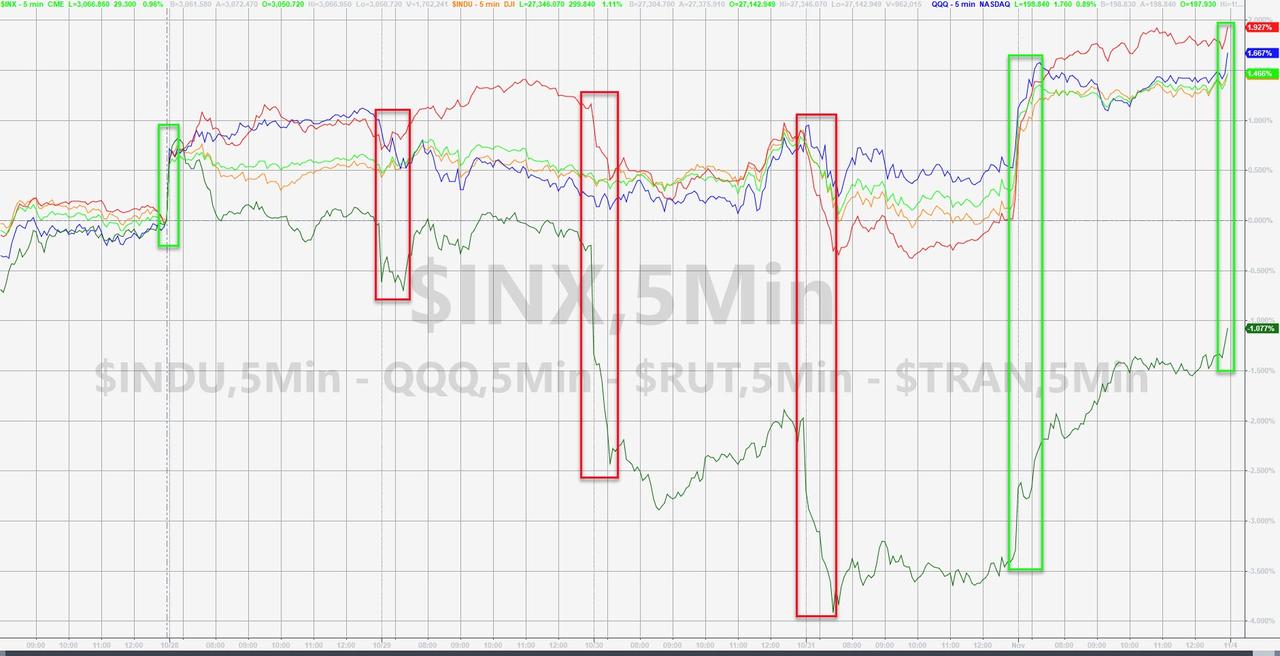Diamond News Archives
- Category: News Archives
- Hits: 817

(Bloomberg Opinion) -- In the bond market, it can sometimes feel as if the more things change, the more they stay the same.
Consider the following two articles about the massive amount of triple-B rated corporate debt:
“A $1 Trillion Powder Keg Threatens the Corporate Bond Market” by Bloomberg News. The takeaway: “A lot of these companies might be rated junk already if not for leniency from credit raters. To avoid tipping over the edge now, they will have to deliver on lofty promises to cut costs and pay down borrowings quickly, before the easy money ends.”
“Bond Ratings Firms Go Easy on Some Heavily Indebted Companies” by the Wall Street Journal. The takeaway: “Amid an epic corporate borrowing spree, ratings firms have given leeway to other big borrowers. … The buildup has fueled one of the most divisive debates on Wall Street: Will higher debt loads cause big losses when the economy turns?”
The first one is from October 2018 and the second from a couple of weeks ago. That alone isn’t what’s most interesting — financial-market themes tend to repeat themselves, after all. Rather, it’s the fact that market appetite for those bonds on the brink of junk couldn’t be any more different between then and now, even though it’s clear that fears about ratings inflation and a huge wave of downgrades haven’t gone away.
Around this time last year, Scott Minerd, global chief investment officer at Guggenheim Partners, made headlines by tweeting that “the slide and collapse in investment grade credit has begun,” starting with General Electric Co. No one seemed to want to own bonds rated just a step or two above junk — the Bloomberg Barclays triple-B corporate-bond index trailed the broad market in 2018 for just the second time since the financial crisis. I was willing to be contrarian after his comments, writing that investors shouldn’t fear...
- Category: News Archives
- Hits: 718
Wrong Way Greenspan
If you weren't worrying about recession before, former Fed Chair "Wrong Way" maestro Alan Greenspan just provided one: Greenspan Sees No Recession as Post-Crisis Deleveraging Endures[1].

“The economy has been weakening, but we’re still in a period of deleveraging,” Greenspan said in a recent interview. His office reaffirmed his outlook on Wednesday. “No recession in the last half century, at least, began from a period of deleveraging.”
Spectacular Contrarian History
Greenspan has a spectacular history of being wrong.
Interest Rate Flashback July 31, 2017
Alan Greenspan told Bloomberg TV[2] : "By any measure, real long-term interest rates are much too low and therefore unsustainable. When they move higher they are likely to move reasonably fast. We are experiencing a bubble, not in stock prices but in bond prices. This is not discounted in the marketplace.”
Bond Bubble Flashback August 4, 2017
Please consider Bubblicious Debate: Greenspan Says “Bond Bubble About to Break”, No Stock Market Bubble[3]
In a CNBC interview, the longtime central bank chief said the prolonged period of low interest rates is about to end and, with it, a bull market in fixed income that has lasted more than three decades.
“The current level of interest rates is abnormally low and there’s only one direction in which they can go, and when they start they will be rather rapid,” Greenspan said on “Squawk Box.”
Alan Greenspan on "Irrational Exuberance"
On December 5, 1996 the Maestro warned of "Irrational Exuberance...
- Category: News Archives
- Hits: 725

(IDEX Online) - Christie's New York has become embroiled in a dispute over the sale of a $40 million pink diamond known as The Princie Diamond. The diamond was sold by a member of the Qatari royal family in 2013.
A lawsuit by Amedeo Angiolillo claims that the auction house sold the diamond despite his objections.
As reported by The Telegraph, Christie's said that not only does Angiolillo and other family members not have any proof that the diamond belongs to them, but their client, who purchased the diamond from another family member, had every right to sell the stone.
The 34-carat pink diamond originated from the famed Golconda mines 300 years ago. Its first recorded owner was the Nizam, or king, of Hyderabad. The last Nizam, Mir Osman Ali Khan, sold the stone through Sotheby's in the late 1940s where it was bought by a Paris jeweler who then sold the stone on.
It was bought by Renato Angiolillo, an Italian senator, from Van Cleef & Arpels in 1960. The same year, he married his second wife, Maria Girani Angiolillo, who died in 2009.
The Telegraph reports that when Amedeo Angiolillo went through his stepmother's art and jewelry collection after her death, the diamond was missing. It later transpired it had been sold by Angiolillo's step brother Marco Milella - Girani's son from a previous relationship - to a Swiss gem dealer David Gol for $20 million.
Gol then sold it at a Christie's auction in 2013.
According to Italian law, all of the late senator's possessions should have gone to his children, unless they were explicitly left to his wife, which they were not.
The...
- Category: News Archives
- Hits: 842

HTTP/2 200 server: nginx date: Sat, 02 Nov 2019 16:00:03 GMT content-type: text/html; charset=UTF-8 content-length: 103256 vary: Accept-Encoding, Cookie cache-control: max-age=3600, public x-ua-compatible: IE=edge content-language: en x-content-type-options: nosniff x-frame-options: SAMEORIGIN expires: Sun, 19 Nov 1978 05:00:00 GMT last-modified: Sat, 02 Nov 2019 15:03:03 GMT etag: W/"1572706983" x-backend-server: drupal-759c96dcc5-wmbn8 age: 3419 varnish-cache: HIT x-cache-hits: 63 x-served-by: varnish-0 accept-ranges: bytes ...
"Extreme Greed" Trigger'd - Gold, Bonds, & Stocks Rally As Dollar Dives | Zero Hedge- Category: News Archives
- Hits: 689
 “We believe monetary policy is in a good place.” – Federal Reserve Chairman Jerome Powell, October 30, 2019.
“We believe monetary policy is in a good place.” – Federal Reserve Chairman Jerome Powell, October 30, 2019.
The Sky is Falling
Ptolemy I Soter, in his history of the wars of Alexander the Great, related an episode from Alexander’s 334 BC compact with the Celts ‘who dwelt by the Ionian Gulf.’ According to Ptolemy’s account, which survives via quote by Arrian of Nicomedia some 450 years later, when Alexander asked the Celtic envoys what they feared most, they answered[1]:
“We fear no man: there is but one thing that we fear, namely, that the sky should fall on us.”
Today, at the risk of being called Chicken Little, we tug on a thread that weaves back to the ancient Celts. Our message is grave: The sky is falling. Though the implications are still unclear.
The sky, for our purposes, is the debt based dollar reserve standard that’s been in place for the past 48 years. If you recall, on August 15, 1971, President Nixon “temporarily” suspended convertibility of the dollar into gold. The dollar became wholly the fiat money of the Treasury.
At the G-10 Rome meeting held in late-1971, Treasury Secretary John Connally reduced the new dollar reserve standard to a bite-sized nugget for his European finance minister counterparts, stating:
“The dollar is our currency, but it’s your problem.”
Predictably, without the restraint of gold, the quantity of debt based money has increase seemingly without limits – and it’s everyone’s massive problem. What’s more, over the past 30 years the Federal Reserve has obliged Washington with cheaper and cheaper credit.
Hence, public, private, and corporate debt levels in the U.S. have multiplied beyond comprehension. Total U.S. debt’s now on the order of ...

